Вы здесь
Aral Military Flotilla.
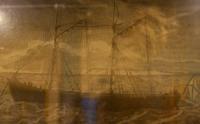

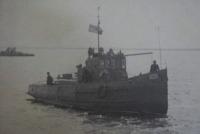

Traveling on the routes Kazakhstan.
“During my absence, Lieutenant Aleksey Butakov came to Orenburg with two other naval officers and ten sailors to build a second schooner called“ Konstantin ”. The composition of the annual convoy, sent to the steppe with building materials and food, included a lot of carts with dismantled Konstantin designs. General Engaged in escorting the caravan to the steppe and returned from Orsk only eight days after my return to Orenburg”
Blaramberg Ivan Fedoovich.
Fishing Tours on Small Aral Sea.
It was created in 1852 - 1853. at the initiative of A. I. Butakov to assist troops in colonial expeditions, trade and military transport, and protect coastal areas of the Syr Darya River. In the summers and autumn of 1849, Captain A. Butakov sailed the Aral Sea, which at that time did not yet know ships, and photographed its coast; he discovered the Tsar Islands, of which the island of Nicholas is quite large.
On it, he found many saigas who approached the sailors without fear, because they had not yet seen people.
Since experience has shown that both schooners, “Konstantin” and “Nikolai,” due to the presence of keels, are unsuitable for sailing along the Aral Sea and the Syr Darya, Captain Butakov was sent to Motala (Sweden) to monitor the construction of several government-ordered flat-bottom iron steamboats and barracks.
These small steamers arrived in the spring of 1850 in a disassembled form through Petersburg through the water system to Samara and from there on wheels to Orenburg; then they were sent to the Raim fortification, also called Aral, to collect them there and launch them into the water.
An experienced and educated naval officer subsequently examined in detail the Aral Sea, identified many astronomical points along the coast, as well as the position of the mouths of the Syr Darya and Amu Darya.
The first ships of the flotilla were the Perovsky ship (140 tons, 40 hp) and the Obruchev iron steam ship (16 tons, 12 hp) (captain-lieutenant A. I. Butakov and Lieutenant H.P. Erdeli: The ships were ordered in Sweden in 1850, received in St. Petersburg in 1851, disassembled and transported to the Raim fortification (1852), and there they were assembled and launched in the spring of 1853.
The ships were retractable keels for sailing both on the sea and on the rivers, drowned with saxaul. In 1853 A. Butakov made his first voyage on Perovsky "to support the troops in the capture of the Ak-Mechet Kokand fortress.
Obruchev commander Khristofor Petrovich Erdeli commanded a naval landing force during the assault on the Ak-Mechet; for distinction he was awarded the Order of St. George of the 4th art. 7 iron rowing vessels, a port with workshops and a boathouse was equipped in Raim for repair of watercraft (later the port was transferred to Kazalinsk).
In 1862 - 1872, the fleet was replenished with 4 foreign-made steamers, a floating dock and 9 barges with a total carrying capacity of 55,800 pounds. The ships were armed with 22 guns. On June 18, 1866, the state of the flotilla was first approved - 13 officers and officials, 344 lower ranks (since January 1880 - 24 officers and officials, 548 lower ranks).
In 1857, Rear Admiral A.I. Butakov organized an expedition on ships to the Aral Sea and the mouth of the Amu Darya River for hydrographic surveys. During the military operations against the Kokand and Bukhara khanates (1864 - 1868), the Perovsky steamer and Obruchev barkaz carried out military transportation; both ships in 1873 took part in the Khiva campaign of 1873.
The Aral Flotilla was disbanded in 1883. Part of the property was transferred to the Amu Darya Flotilla. In 1885, attempts were made to restore the flotilla, but the following year everything was left to the mercy of fate. The Russian General Staff set as its task the formation of the Russian Navy in the Aral Sea and the rivers Syr Darya and Amu Darya.
The main base of the flotilla is the port of Aralsk, later - Kazalinsk. The flotilla had 6 armed steamboats, 9 barges, and other ships, and personnel - up to 570 people. (1880). The Arles naval flotilla, starting with hydrographic surveys, then guarded shipping, ensured transportation of cargo troops, participated in campaigns against Bukhara (1868) and Khiva (1873).
It was disbanded in 1883.
The Soviet Naval Flotilla, created in the summer of 1919 as a local formation, has been included in the Navy since April 1920. It was operatively subordinated to the Turkestan front. It consisted of 4 schooners, 2 steamboats and several small vessels, partially armed.
From April to November 1920, in addition to the Aral Sea, included the Amu Darya detachment of ships. During the Civil War, the Aral Military Flotilla actively assisted the troops of the Turkestan Front in defeating the White Guards and Basmachi.
The commanders are A.K. Petrov (April - August 1920), S.K.Scheniovsky (August - November 1920). It was disbanded in November 1920. The following units are known today known about the following units included in the division:
2 air-cushion landing boats, pr. 1205P and 1205P1 (code "Skat"): D-422, D-732
1 search and rescue hovercraft, pr. 4660 (code "Bars"): No. 704
2 torpedo boats pr. T368: TL-998, TL-999
1 raid diving boat, project RV376
1 sea self-propelled dry cargo barge - modernization of the project "small landing ship (MDK) Project 106K (code" Saigak "): MBSS-705200
1 tanker ave. 306
1 raid self-propelled dry-cargo barge - modernization of the project "small landing ship (MDK) Project 106K (code" Saigak ")
1 (or more) marine non-self-propelled dry cargo barge pr. 411: MBSN-396250? (as far as I managed to read the number from the photo).
After the shallowing of the sea and the collapse of the Union that soon ensued, hovercraft went under their own power to the Caspian Sea, and the remaining boats were abandoned on the spot. Also in Aralsk-5 on a pedestal was a torpedo boat pr.123K.
Considering that instead of the standard weapons, he had only rough models, I assume that earlier he was also part of the division as an auxiliary boat.

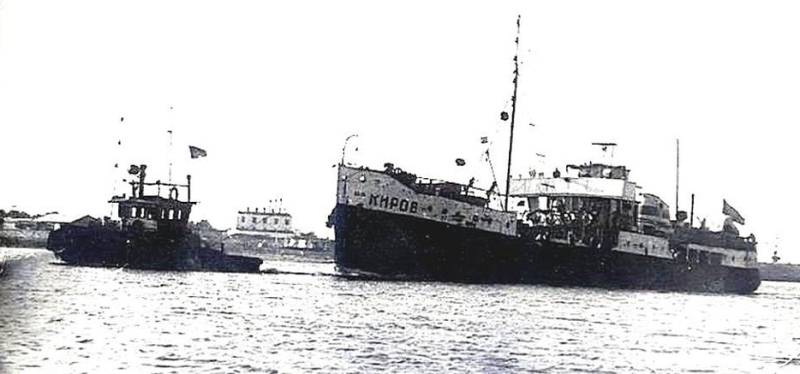
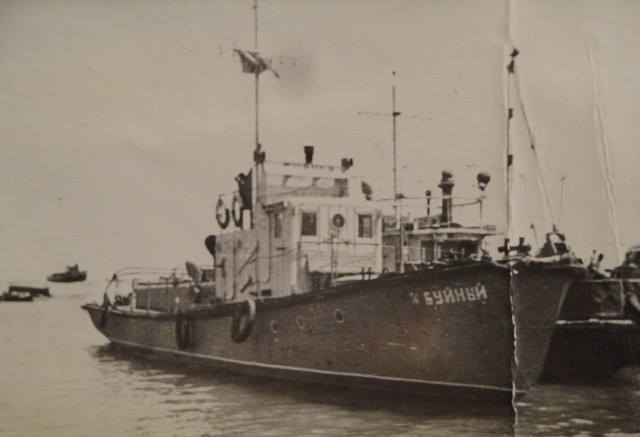
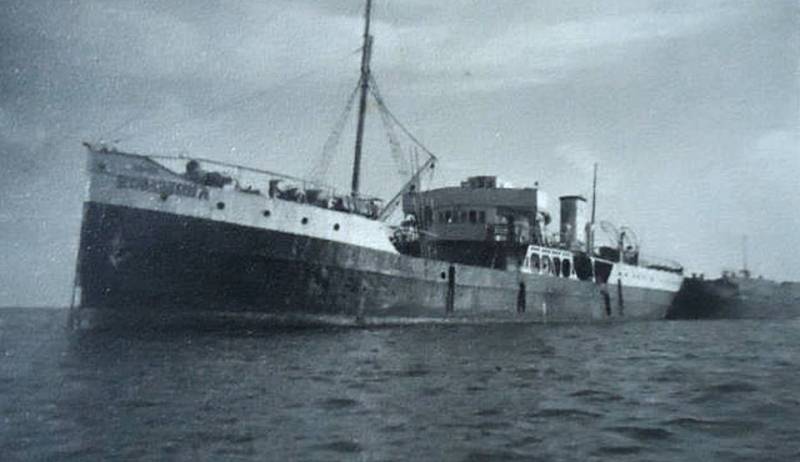
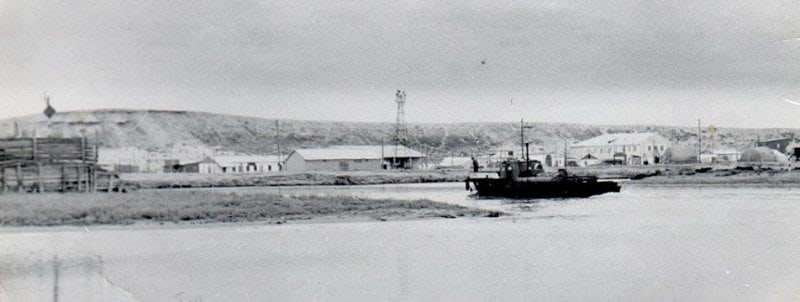
Authority:
Blaramberg I.F. Memories. Moscow, Science, Main Edition of Oriental Literature, 1978.- 357 p. Circulation 10000 copies. (series “Central Asia in the sources and materials of the 19th – early 20th centuries”). Translation from German by O. I. Zhigalina and E. F. Schmidt. Introductory article by N. A. Halfin. Comments by O. I. Zhigalina. Roman Volkov. "On the division of special-purpose ships in the Aral Sea, Soviet times."
Photo
Vadim Yagodin.







